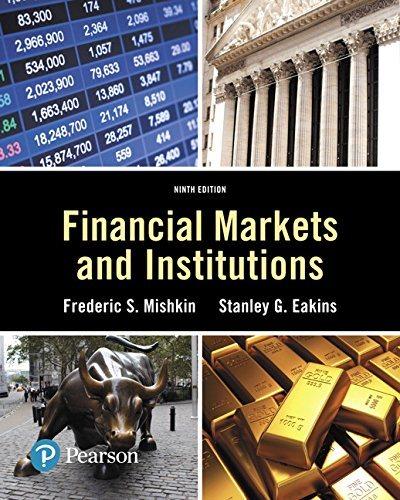
Unsure of how to approach this problem
Kenneth Cook and Sue Strickler launched XL Microdevices, Inc. in December 2018. They each invested $50,000 of seed money from personal funds at that time to nance their new venture. Ken, a recognized expert in microdevice technology, conceived the initial idea for XL and had invested the greater amount of \"sweat equity.\" He received 600,000 shares of XL common stock and Sue, an MBA with signicant high-tech marketing experience, received 400,000 shares. No other shares have been issued since. As of today, October 2019, they have completed a preliminary design and concept testing for a revolutionary new solid state ash drive product and are condent that a large number of tablet and laptop computer manufacturers will want their product. Jerry Mancini, a local angel investor with substantial experience in computer data storage devices, has been introduced to Ken and Sue by a trusted acquaintance and is considering an investment in XL. Jerry has reviewed XL's business plan and has conducted enough due diligence to be comfortable with an investment in the company. XL's business plan calls for three rounds of nancing. Jerry is planning to be the initial seed round investor, which is scheduled for December 2019. His investment will be in the form of a $350,000 convertible note. The terms of Jerry's $350,000 convertible note include: (a) a compound interest rate of 8% p.a.; (b) a conversion price discount of 20% om the Series A pricing; (c) a duration of 18 months; (d) a minimum Series A investment of $1,000,000 to trigger conversion; and (e) a pre-money valuation cap of $8,000,000. These funds are primarily intended for prototype development, alpha and beta testing, and advance marketing. Following the seed round, XL's business plan anticipates two additional rounds of nancing. The Series A round of nancing is planned for December 2020. This will be a priced round in the amount of $2,500,000 and will fund a third-party manufacturing contract and sta'mg for engineering, marketing and sales. The Series B round is planned for December 2021. It will also be a priced round in the amount of $4,500,000 and will nd product launching, inventory buildup, distribution and stafng for customer support. Pro forma nancial projections in XL's business plan estimate annual sales revenues of $5,000,000 by the end of 2023 under a \"success\" scenario. The plan also anticipates that a strategic investor will acquire XL at the end of 2023, this being the exit strategy for XL's investors. Jerry's due diligence has determined that a comparable price/revenues ratio for similar early-stage microdevice companies is about 6.5: 1. Continued. Jerry has also introduced Ken and Sue to his acquaintances at Technology Ventures Corp. (TVC), a regional venture capital firm. Like Jerry, TVC has significant experience with computer storage devices and feels that XL would be an ideal complement to their portfolio of high-tech startups. TVC has expressed interest in funding both the Series A and Series B investments in XL's financing plan assuming, of course, that the venture continues to look promising and achieves its interim milestone targets. TVC intends to invest in XL through its new "TVC High Technology III Fund" that includes funds from high net worth individuals, pension plans and institutional investors. For XL's Series A investment TVC is targeting a 40% per annum return on investment (compounded annually). For XL's Series B investment, which is perceived to be somewhat less risky than the earlier round, TVC is targeting a 30% per annum return on investment (compounded annually).Question #la. What % of the company must TVC acquire in December 2020 if it funds the $2,500,000 Series A round? How many new shares of XL stock should TVC acquire at that time? What should be the price per share? What are XL's pre-money and post-money valuations for the Series A round










